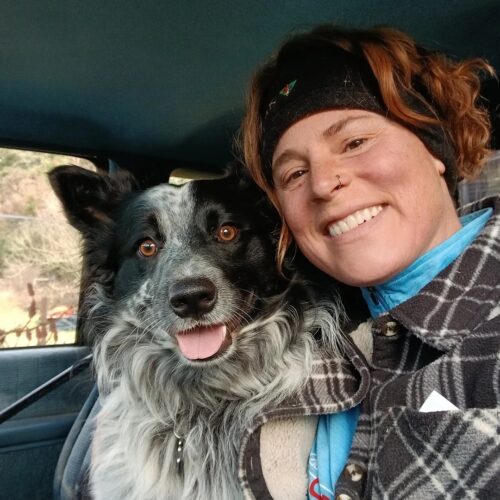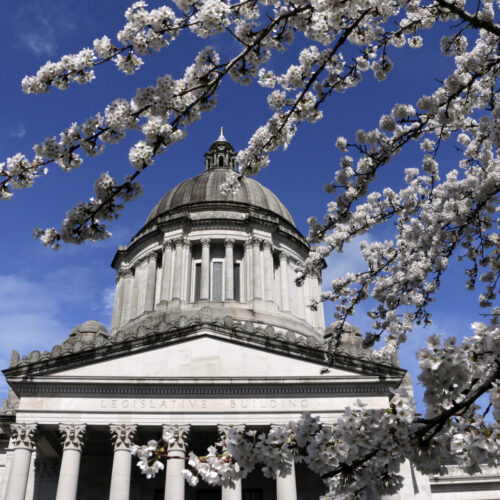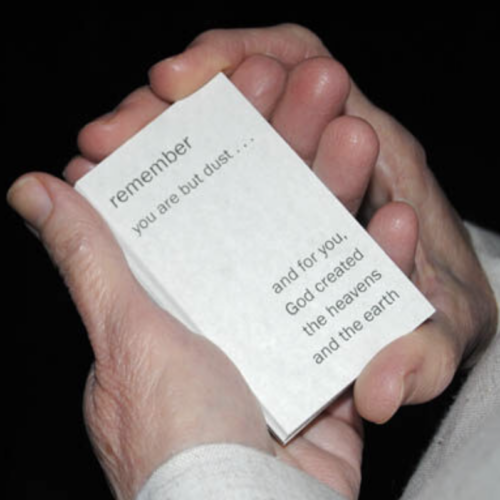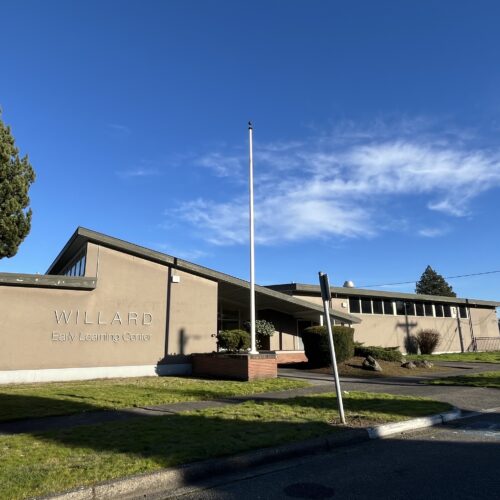
Washington-Oregon-California Governors Announce ‘Pact’ For Reopening Economies
READ ON
BY DIRK VANDERHART & TOM BANSE
With President Donald Trump suggesting he has authority to unilaterally re-open businesses around the country, West Coast governors on Monday presented a united front, saying they’ll only lift restrictions when public health data suggests they can.
Oregon Gov. Kate Brown, California Gov. Gavin Newsom, and Washington Gov. Jay Inslee said in a joint statement that they’d reached an agreement on a broad framework for reopening a larger segment of the states’ economies.
Under this “Western States Pact,” decisions to lift stay-home orders will be made once the spread of COVID-19 has declined, and the states have the ability to rapidly identify and address potential future outbreaks, they said.
“We need to see a decline in the rate of spread of the virus before large-scale reopening, and we will be working in coordination to identify the best metrics to guide this,” the three Democratic governors said in the statement, making clear their states would continue to build individual response plans.
ALSO SEE: Coronavirus News, Updates, Resources From NWPB
Under the framework they laid out, changes to ongoing stay-home orders will not be made until they understand the impact of the disease, and of social distancing measures in place to stop its spread. Looking forward, the governors said, they would focus on protecting vulnerable populations, building surge capacity in hospitals, and increasing the ability to test, track and isolate the virus.
The joint announcement included no timeline about when shuttered businesses might be allowed to reopen. Washington’s stay-at-home order currently runs through May 4, which could be shortened, or more likely extended for some sectors, Inslee said. Oregon’s order has no explicit end date.
While this was the first joint statement by the governors since the pandemic began spreading in the United States, its particulars aren’t markedly different from strategies the governors have articulated in the past.
In a media briefing Monday, Inslee said the focus of the agreement would be on sharing advice about what conditions need to be in place to lift restrictions. Nothing would prevent states from reopening businesses at separate times, he said.
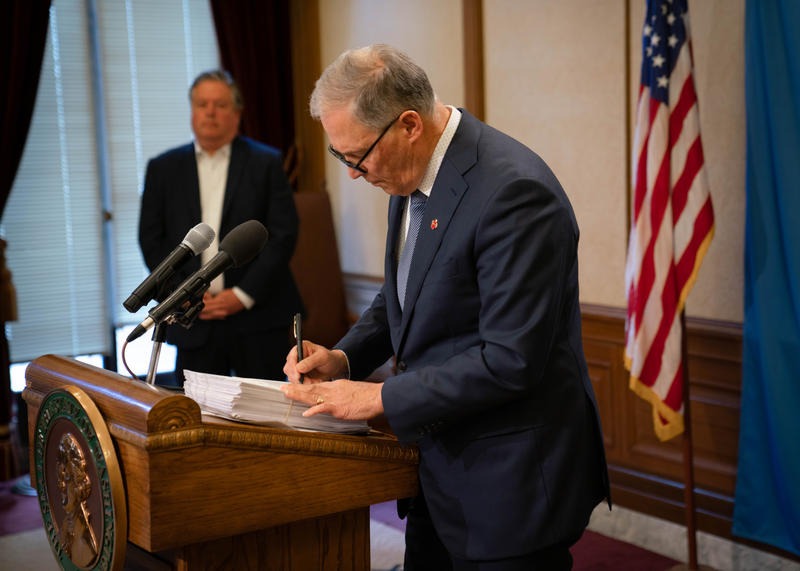
Gov. Jay Inslee signs Washington’s supplemental operating budget into law on April 3, 2020. Before doing so, he vetoed more than $200 million in new spending in anticipation of the fiscal impacts of the COVID-19 pandemic. CREDIT: Office of the Governor
“If one state can get contact tracing and adequate testing earlier than another, there wouldn’t be any reason to delay that state,” Inslee said.
Brown’s office did not answer questions about the arrangement, instead issuing a generic statement.
“While each state will have its own specific plan, our office is coordinating with the Governor’s offices in Washington and California to develop common criteria for this framework and a way for our health departments to coordinate on an ongoing basis,” the statement read in part, adding: “Reopening Oregon is not a process that will happen overnight or statewide all at once.”
The governors’ announcement came hours after President Trump opined on Twitter that the ultimate authority to reopen states did not rest with individual governors.
“It is the decision of the President, and for many good reasons,” Trump tweeted. “With that being said, the Administration and I are working closely with the Governors, and this will continue.”
Newsom said Monday that the three West Coast states started talking last week about a coordinated approach to “the incremental release” of their stay-home orders. Brown’s public calendar shows a meeting on a “West Coast announcement” was scheduled on Saturday.
Meanwhile, Inslee said Idaho’s Republican governor, Brad Little, has not been included in the discussions so far, despite sharing a border with eastern Washington and Oregon. Idaho could be invited later, Inslee said.
West Coast governors weren’t the only ones to react quickly. Leaders of six eastern states also announced Monday they were working in concert to develop plans for when and how to reopen.
While the novel coronavirus was first detected in Washington state, it has not taken the toll on the West Coast that it has in New York City and some other areas. That was exemplified in the last week when all three West Coast governors sent ventilators out of state to be used in areas with more need.
“Through quick and decisive action, each of our states has made significant progress in flattening the curve and slowing the spread of COVID-19 among the broader public,” Monday’s statement said. “COVID-19 doesn’t follow state or national boundaries. It will take every level of government, working together, and a full picture of what’s happening on the ground.”
ALSO SEE: Coronavirus News, Updates, Resources From NWPB
As of Monday morning, Oregon health officials have announced 1,584 cases in the state and 53 deaths. California had reported 21,794 cases and 651 deaths as of Saturday. Washington had reported 10,538 confirmed cases and 516 deaths as of Monday, April 13.
Brown first ordered Oregon schools to cancel in-person classes on March 12, and shuttered many bars and restaurants in the state days later. She issued a more widespread “stay home, save lives” order on March 23, the same day as Washington and four days after California.
Related Stories:
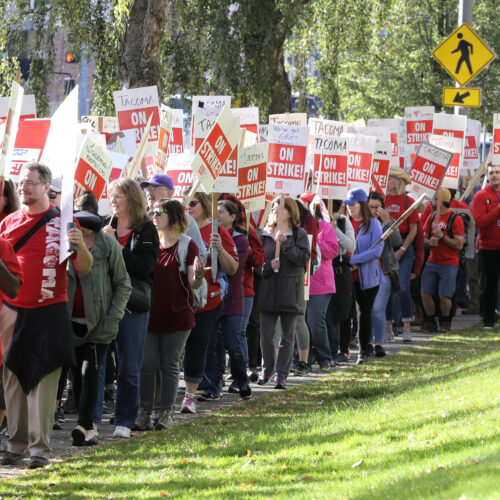
Unpacking Senate Bill 5041: Unemployment benefits for striking workers
Striking teachers march around the Tacoma School District Central Administration Building, Sept. 10, 2018, in Tacoma, Wash. (Credit: Ted S. Warren / AP) Listen (Runtime 4:28) Read By Phineas Pope
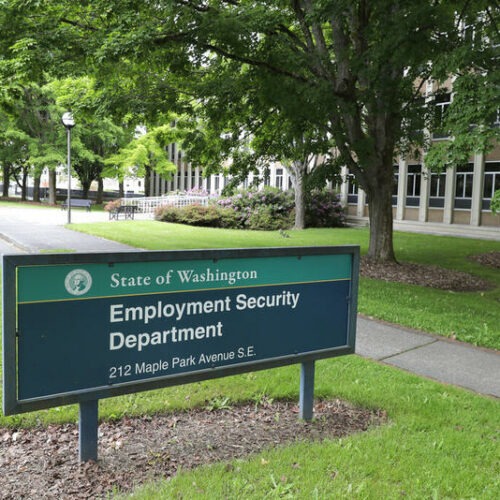
Washington Auditor Says State Unemployment Fraud Likely Much Higher Than $647 Million
The amount of fraudulent payments of unemployment benefits distributed in Washington state during the height of the coronavirus pandemic was likely higher than the $647 million identified by the Washington state Employment Security Department, according to a new set of reports released by the state auditor’s office Tuesday.
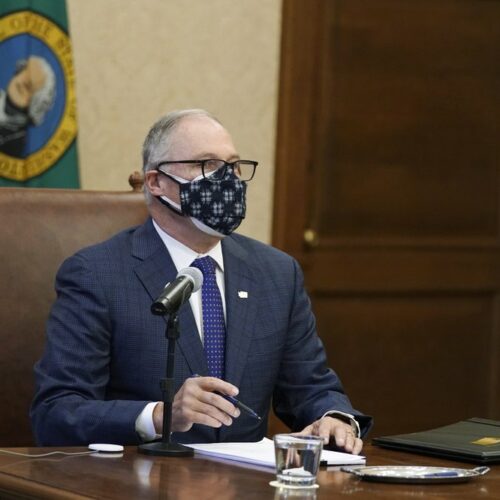
Governor Signs Bill To Help Washington Businesses, Workers With Unemployment Benefits
A bill that increases the minimum weekly benefit for unemployed workers during the ongoing coronavirus pandemic and prevents a dramatic increase in unemployment taxes paid by businesses was signed into law Monday by Washington Gov. Jay Inslee.


